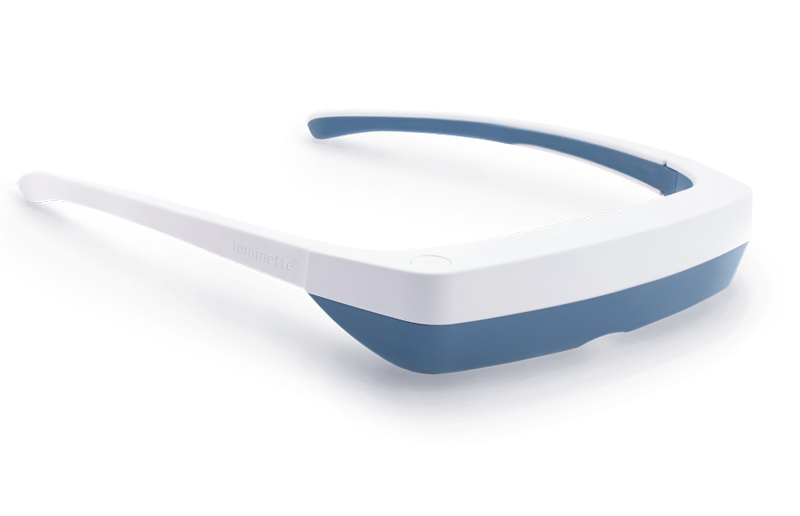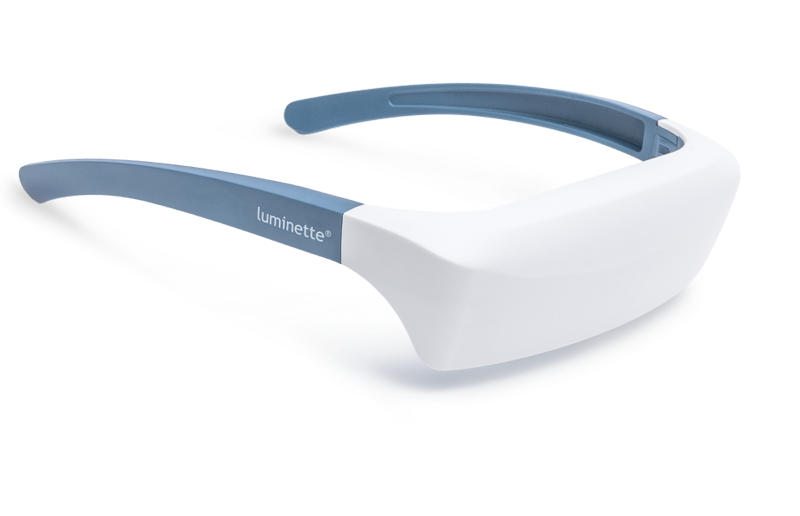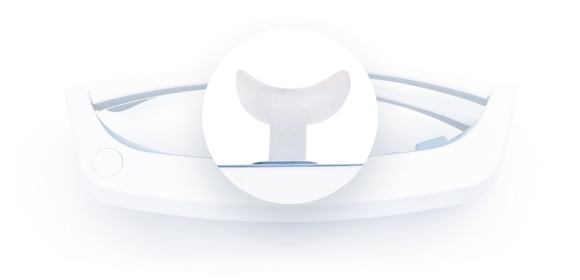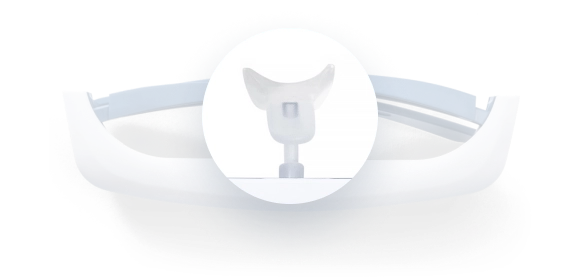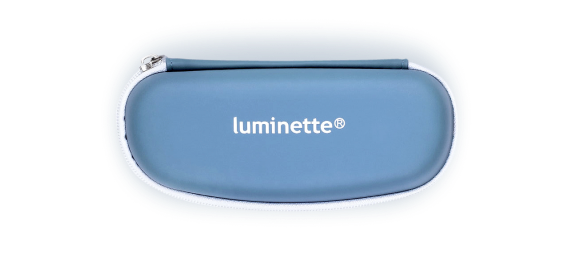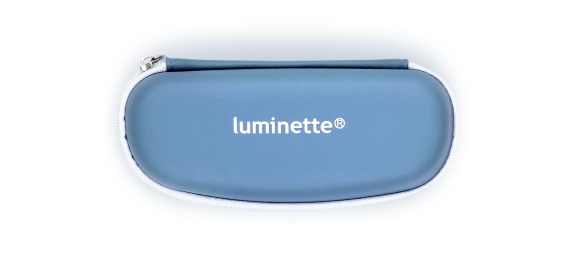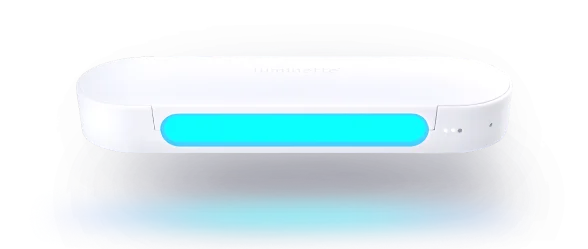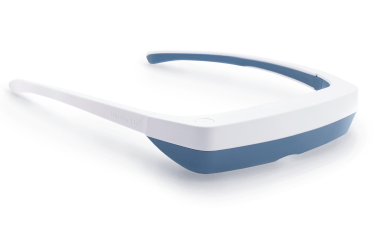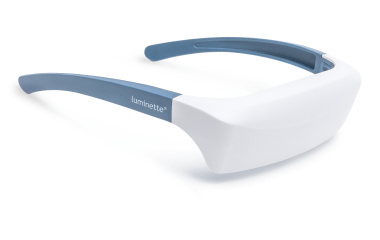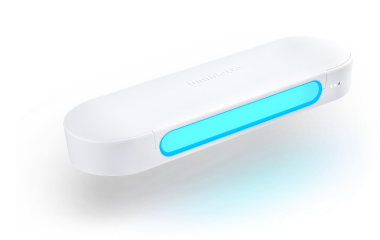Creating a productive work environment is a top priority for office managers, interior designers, and corporate professionals. With the rise of hybrid work models and flexible office spaces, understanding how workplace design influences productivity has never been more crucial. This blog post will guide you through the key elements of effective workplace design and their impact on productivity.
The Importance of Workplace Design
Workplace design goes beyond aesthetics; it profoundly affects employee well-being, satisfaction, and productivity. A well-designed workspace can inspire creativity, improve morale, and foster collaboration. Studies show that employees working in thoughtfully designed environments are more likely to feel valued and motivated.
Creating a space that meets the diverse needs of modern employees is essential. Office design must consider various factors, including lighting, ergonomics, and space layout, to create an environment that supports productivity. By focusing on these elements, businesses can create a workspace that enhances performance and employee satisfaction.
In today's competitive business landscape, companies must leverage workplace design to attract and retain top talent. A well-designed office signals to potential hires that the organization values its employees' well-being and productivity. Consequently, investing in workplace design is an investment in the company's future success.
Key Elements of Effective Workplace Design
Lighting
Lighting significantly impacts employee productivity and well-being. Poor lighting can cause eye strain, headaches, and fatigue, reducing overall performance. Natural light is the most beneficial, as it regulates our circadian rhythms and enhances mood and energy levels.
To maximize natural light, office spaces should have large windows and open floor plans. When natural light isn't available, combining ambient, task, and accent lighting can create a balanced and comfortable environment. Adjustable lighting allows employees to customize their workspace to their preferences, increasing comfort and productivity.
Ensuring that the lighting is neither too harsh nor too dim is crucial. Using light diffusers and lamps with adjustable brightness can help achieve the right balance. Incorporating lighting that mimics natural light can also positively affect employee well-being and productivity.
Ergonomics
Ergonomics focuses on designing workspaces that support employees' physical health and comfort. Poor ergonomics can lead to musculoskeletal problems, decreased productivity, and increased absenteeism. The right furniture and equipment can significantly reduce these risks and improve employee well-being.
Adjustable chairs and desks allow employees to maintain proper posture, reducing strain on their backs and necks. Ergonomic accessories like keyboard trays, monitor stands, and footrests can further enhance comfort and prevent repetitive strain injuries. Providing employees with ergonomic training can also help them set up their workstations correctly.
Creating an ergonomic workspace involves regularly assessing and updating the design. Regular feedback from employees can provide valuable insights into improving ergonomics and ensuring that the workplace supports their physical health and productivity.
Space Layout
The layout of a workspace plays a crucial role in determining productivity levels. Open floor plans can foster collaboration and communication, while private spaces can provide quiet areas for focused work. Striking a balance between these two layouts allows employees to choose the environment that best suits their tasks.
Creating designated zones for different activities can also enhance productivity. For example, breakout areas encourage informal meetings and brainstorming sessions, while quiet rooms offer a distraction-free space for deep work. Flexible layouts that can be easily reconfigured to meet changing needs are particularly beneficial in dynamic work environments.
Incorporating biophilic design elements, such as plants and natural materials, can also improve the space layout by creating a more inviting and relaxing atmosphere. This approach can boost employees' mental well-being and productivity.
Noise Levels
Noise is a common distraction in many workplaces, negatively impacting productivity and concentration. Excessive noise can lead to increased stress and reduced job satisfaction. Addressing noise levels is essential for creating a conducive work environment.
Sound-absorbing materials, such as carpets, acoustic panels, and ceiling tiles, can help reduce noise levels. Creating designated quiet zones allows employees to escape distractions and focus on their tasks. Providing noise-canceling headphones can also be a simple and effective solution for minimizing noise-related disruptions.
Regularly monitoring and managing noise levels in the workplace is crucial. Encouraging employees to be mindful of their noise levels and implementing policies to minimize disruptions can contribute to a quieter and more productive environment.
Colors and Aesthetics
The colors and aesthetics of a workspace significantly influence employees' moods and productivity. Different colors evoke different emotions and can either stimulate or calm the mind. For example, blue and green hues are known to promote calmness and focus, while yellow can boost creativity and energy levels.
Incorporating brand colors into the office design can create a cohesive and professional look. Aesthetics should also reflect the company's culture and values, creating a sense of belonging and pride among employees. Comfortable and visually appealing furniture, artwork, and décor can enhance the overall ambiance of the workspace.
Using a mix of colors, textures, and patterns can create a dynamic and engaging environment. Regularly updating the aesthetics to keep the workspace fresh and inspiring can also positively affect employee productivity and well-being.
Technology Integration
Integrating technology into the workplace is essential for modern productivity. Efficient and reliable technology solutions streamline workflows, enhance communication, and support remote work. Providing employees with the necessary tools and resources ensures they can perform their tasks efficiently and effectively.
High-speed internet, cloud-based collaboration tools, and video conferencing systems are critical for seamless communication and teamwork. Smart office solutions, such as automated lighting and climate control, can improve comfort and energy efficiency. Regularly updating and maintaining technology infrastructure is crucial for minimizing downtime and maximizing productivity.
Providing ongoing training and support ensures employees can effectively use the technology at their disposal. Encouraging a culture of innovation and openness to new technologies can further enhance productivity and keep the company at the forefront of industry advancements.
Benefits of Good Workplace Design on Productivity
Investing in a well-designed workplace offers numerous benefits for productivity and employee well-being. A thoughtfully designed workspace can:
- Enhance Employee Engagement
- Reduce Absenteeism
- Improve Collaboration and Communication
Enhance Employee Engagement
A well-designed workspace can significantly boost employee engagement by creating a comfortable and inspiring environment. When employees feel valued and supported, they are more likely to be motivated and committed to their work. Engaged employees are more productive and contribute positively to the company's success.
Reduce Absenteeism
Good workplace design can reduce absenteeism by promoting physical health and well-being. Ergonomic furniture, proper lighting, and a clean and organized environment can prevent health issues and create a healthier workforce. Employees who feel physically comfortable and supported are less likely to take sick days.
Improve Collaboration and Communication
Effective workplace design fosters collaboration and communication among employees. Open layouts and designated collaboration zones encourage teamwork and the exchange of ideas. When employees can easily communicate and collaborate, they can solve problems more efficiently and innovate more effectively.
1. Incorporate wearable light therapy glasses
Light therapy promotes daytime wakefulness and alertness to help you stay productive.
When natural bright light enters the eyes, it stimulates the hypothalamus, reducing the production of the sleep-inducing hormone (melatonin), thereby promoting wakefulness and alertness.
So, when you’re in the office environment and not getting enough natural light, your body may produce more melatonin, and you may feel drowsy when you should be awake and alert.

Wearing light therapy visors, like Luminette, can compensate for reduced sun exposure when in the office. The light therapy glasses send a bright light, 100 times the intensity of typical indoor lighting, into your eyes.
This stimulates the hypothalamus to reduce the production of the sleep-inducing hormone, promoting wakefulness and alertness to help you remain productive.
The Luminette light therapy glasses are safe. You can wear them like regular glasses and go about your normal work activities, or you can even wear them over your glasses.
2. Use task lighting
Task lighting enhances visibility and reduces eye strain, helping you avoid errors and feel more alert for increased productivity.
It provides adequate lighting, which enables you to see what you’re working on more clearly. This helps you reduce errors and mistakes.
Also, proper lighting reduces eye strain, which can lead to headaches, fatigue, and decreased concentration. Therefore, using task lighting helps you avoid these problems for increased productivity.
3. Invest in an ergonomic chair
Invest in a chair that provides optimal support and comfort, especially during long hours of sitting. Comfortable and supportive seating helps reduce discomfort and fatigue, allowing you to remain focused and more productive for longer periods.
Your office chair should provide lumbar support, supporting the natural curve of the spine. Also, check that it has adjustable features (like adjustable height and armrests) so you can customize it to fit your size.

4. Invest in an adjustable desk
Invest in an adjustable office desk that allows you to alternate between standing and sitting when working.
Sitting for long hours is not good for your health. Even if you get an ergonomic chair and you’re very comfortable in it, being in a seated position for long periods can reduce blood flow to muscles, leading to fatigue and decreased mental alertness.
Switching between standing and sitting can increase blood flow and circulation, helping you combat fatigue and keep you more focused, improving productivity.

5. Introduce ergonomic tools
Incorporating ergonomic tools into your workspace can reduce strain on your body, improve comfort, and enhance productivity.
Ergonomic workspace elements are not limited to chairs and desks. You may use a footrest to support your feet, a padded wrist rest to support your wrist while typing, or an anti-fatigue mat to cushion your feet when standing.
6. Allow enough room to encourage movement
Movement stimulates blood flow and circulation, improving oxygen and nutrient delivery to the brain for improved alertness and concentration, ultimately enhancing productivity.
While alternating between sitting and standing helps, it may not provide enough movement to combat the physical fatigue and mental lethargy that comes with staying in one position for extended periods.
Thus, the best office layouts for productivity allow reasonable room for people to move around freely.
7. Integrate exercise equipment
Integrating exercise equipment into a workplace design has physical health benefits because short bouts of exercise reduce sedentary behavior and help employees combat fatigue. It can also be an outlet for stress relief during the workday.
Of course, your office or workspace isn’t the gym. So, you’ll need to keep it light. Resistance bands will do.
8. Add greenery to your workspace
Adding greenery to your workspace can improve air quality and create a more calming atmosphere.
Incorporating greenery into office spaces is a key principle of biophilic design because exposure to natural elements such as green plants can reduce stress levels and increase feelings of positivity.
Plants in an office space can create a calming environment that helps you feel more relaxed, focused, and motivated.

Office plants can also filter toxins from the air, improving air quality. Cleaner air enhances cognitive function and productivity by reducing symptoms such as headaches and fatigue.
9. Declutter your workspace
A clean and organized workspace reduces distractions, enhances focus, and improves efficiency. So, whatever your office workspace design, remove all unnecessary items from your work table and surrounding area.
When you declutter your workspace, you create an organized environment that minimizes visual distractions, allowing you to concentrate more effectively. You can also locate items more quickly, increasing efficiency and productivity.
10. Incorporate personalised decor
Personalized decor is one of the best productive office elements because it positively influences mood and morale.
Decorate your personal office space with items that inspire you, such as photos and artwork. Not only can personalized decor be a source of inspiration, but it can also evoke positive emotions that can make employees feel better and less distracted by negative feelings or tension.
11. Block out noise
Noise is usually rated as the number one disturbance factor affecting employee productivity in an office. Noise can be a distraction. Thus, blocking out noise helps you create a more conducive environment for concentration and focus.
A simple way to block out noise in your private workspace is to use noise-canceling headphones. You may consider soundproofing the walls with acoustic panels or foams in an office space.

12. Leverage colour psychology
Research into office design and productivity has established that workplace colors affect employees’ moods and productivity levels.
For example, blue and green are associated with calmness and can help lower stress and promote concentration.
Yellow is associated with energy and creativity and can stimulate mental activity, making it suitable for creative studios, brainstorming rooms, and other environments that prioritize innovation and idea generation.
So, to improve employee productivity, paint office spaces with an appropriate color.

13. Use a personalised workspace layout
The best office design for productivity is usually one that is specifically tailored to the way you work most effectively. This is because a workspace that suits your workflow streamlines your processes, leading to more efficient task execution.
Arrange your desk and equipment to facilitate your workflows. For example, if you frequently switch between tasks, you may want to consider creating zones for different activities.
14. Use a desk organizer
A desk organizer can facilitate a smoother workflow. By keeping pens, notebooks, and other essentials organized and within reach, you can easily locate and retrieve what you need instead of wasting time rummaging through clutter.
This leads to increased efficiency and productivity.

15. Maintain a comfortable temperature
You can’t work effectively if your workspace is too hot and you’re sweating all over. You also can’t work optimally if the workspace is too cold.
Uncomfortable temperatures impact employee health and well-being. For example, excessively cold environments can increase the risk of illnesses like cold and flu, while excessively hot environments can lead to dehydration and heat-related issues.
Therefore, maintaining a comfortable temperature in the workplace promotes employee well-being and overall health.
16. Make healthy snacks available
Healthy snacks provide nutrients that sustain energy levels throughout the day. When employees have consistent energy levels, they can maintain focus and be more productive.
Munching on healthy snacks during work also has a positive impact on mood. And when employees feel happier, they’re likelier to be more engaged and productive.
17. Include hydration stations
Staying hydrated helps maintain good physical and mental health. Proper hydration also helps prevent fatigue and keeps employees alert to increase productivity and performance.
Thus, include hydration stations in your office layout where office workers can easily access fresh drinking water. For a private workspace, keep a water bottle or pitcher on your desk.

18. Include breakout spaces in the office layout design
Breakout spaces are important for employee well-being, as they promote relaxation and rejuvenation.
These spaces provide employees with opportunities to take short breaks, unwind, recharge their batteries, and collaborate away from their desks, leading to increased productivity.
19. Add an inspiration board
Having an inspiration board with clear goals can constantly remind employees of aspirations, keeping them focused on their objectives amidst distractions and competing priorities.
An inspiration board will also help employees reflect on goals, boosting creative thinking that sparks new insights and fresh perspectives.
20. Incorporate aromatherapy
Research shows that aromatherapy promotes physical and psychological well-being. The sweet scent of essential oils and scented candles promotes relaxation and reduces stress.
Aromatherapy transforms the physical environment of the office into a relaxing space, allowing employees to maintain focus on tasks and increase their productivity.
21. Try productivity apps and tools
Productivity apps and tools help individuals and teams manage their time and tasks more efficiently, increasing productivity.
Their task management features allow users to create and organize tasks, prioritize activities, and set deadlines.
This helps you stay focused on your goals. You can also set reminders, plan your day effectively, and use their time-tracking feature to understand how you spend time on different activities.
Takeaway: Boost workplace productivity with Luminette light glasses
The layout and condition of your workspace significantly impact productivity.
Implementing some of the workspace changes discussed in this article can help you boost productivity. However, one of the easiest to implement, yet one of the most impactful, is using wearable light therapy.
With the Luminette light glasses, you can have your light therapy on the go. You can wear them as regular eyeglasses throughout the day and go about your regular work activities. The light glasses will shoot a safe, bright light into your eyes, promoting wakefulness and alertness for increased productivity.
Ready to use light therapy to improve workplace productivity? Order the innovative Luminette 3 today!
FAQ
How does office design affect productivity?
An office design can affect employees’ health, mood, and focus, which in turn affects productivity because healthier, happier, and more focused employees are more productive.
What are the key elements of a productive office?
An office design incorporates certain elements to enhance employee productivity. These include natural light, noise control, temperature control, ergonomic chairs, office plants, breakout spaces, healthy snacks, hydration stations, and appropriate wall colors.
How can I make my workspace more productive?
To improve productivity in your workspace, consider implementing several of the key elements of a productive office. Start by tailoring your workspace to suit your workflow.
Ensure proper lighting, noise control, and temperature control to create a conducive atmosphere. Also, use Luminette wearable light glasses to promote alertness, introduce ergonomic furniture to support physical health and comfort, and incorporate greenery and personalized decor to improve mood.
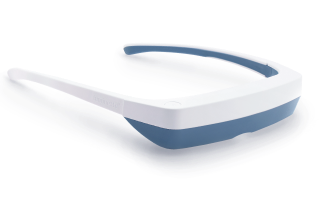
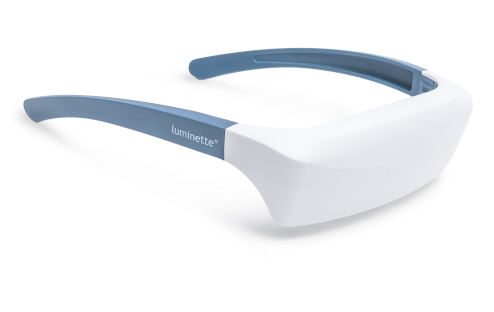
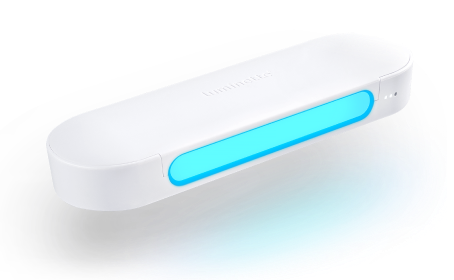
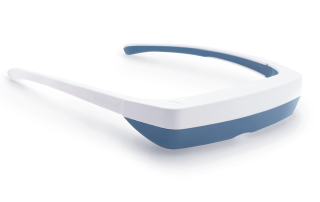
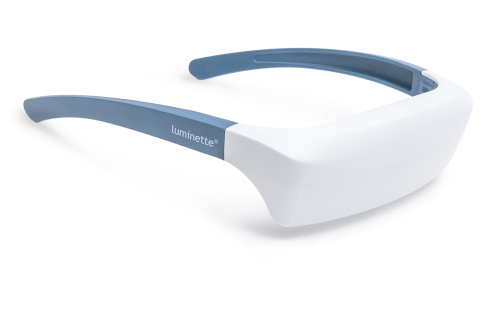
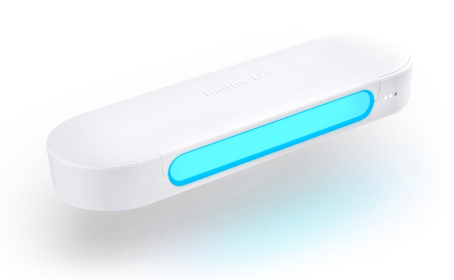
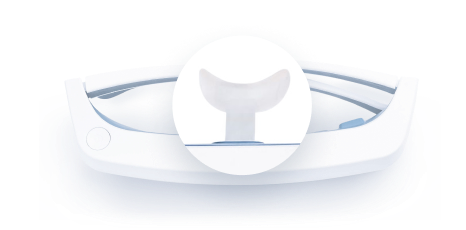
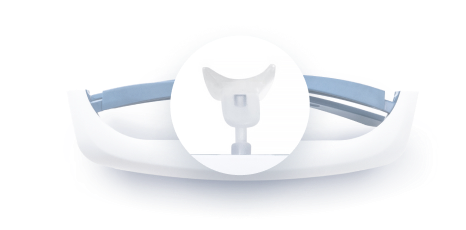
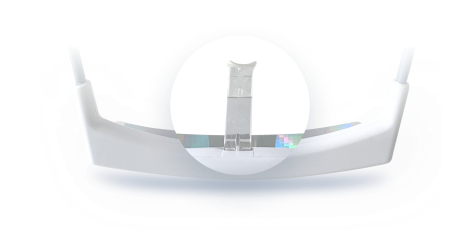
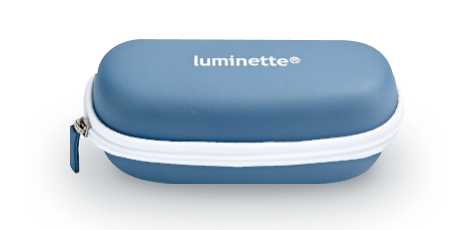
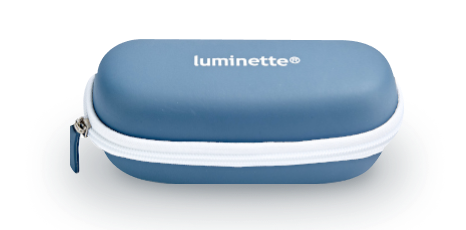





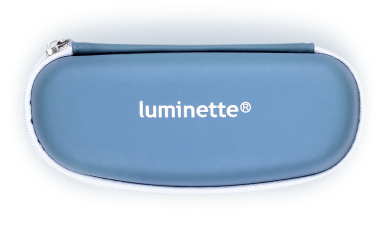
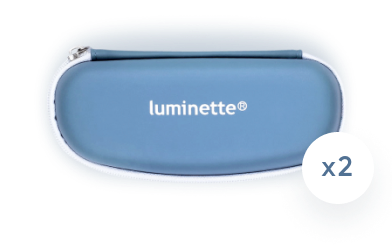
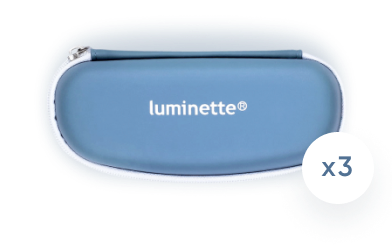
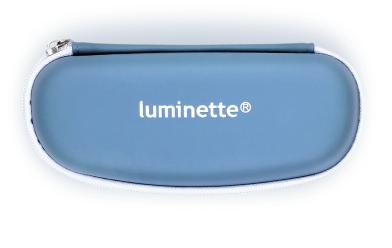
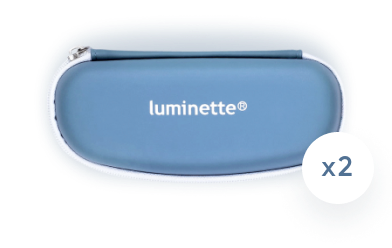
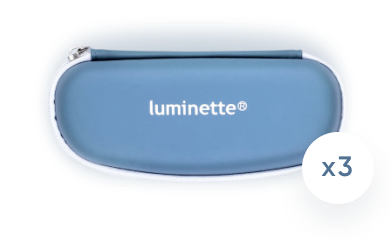
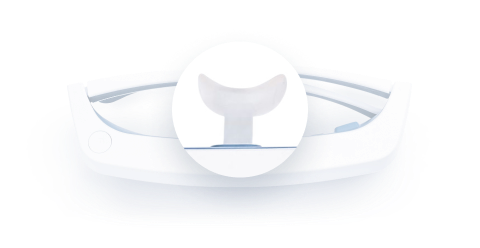
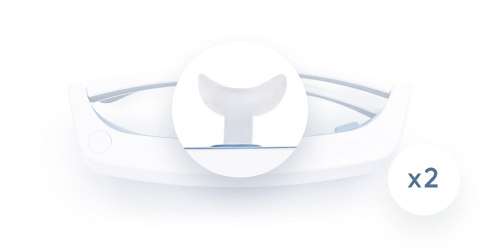
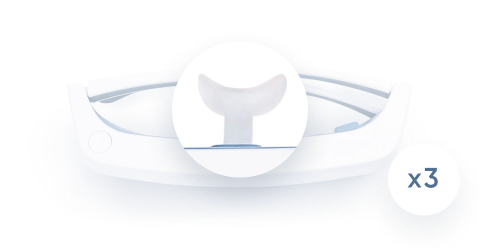
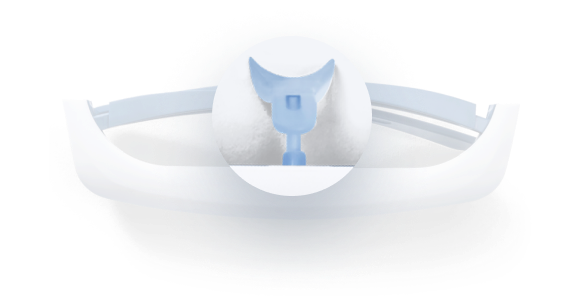
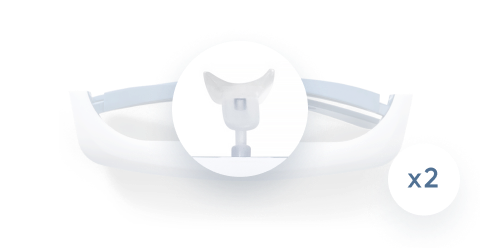
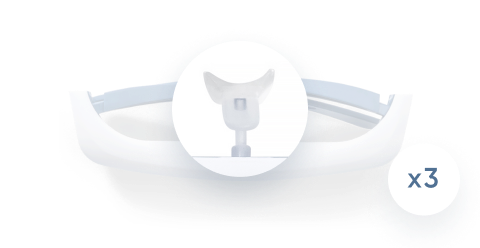
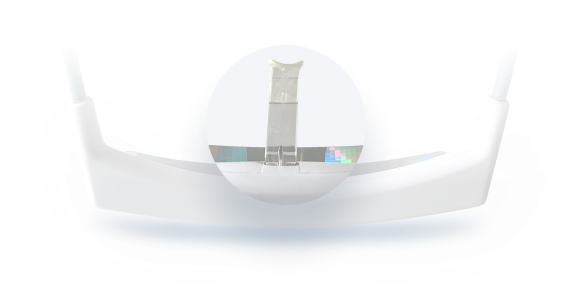
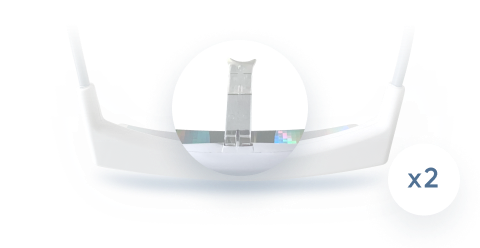
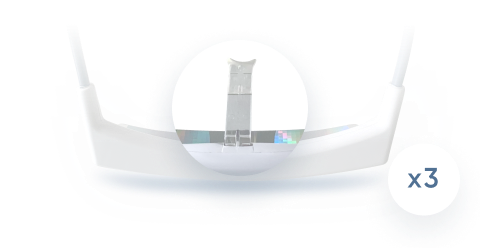
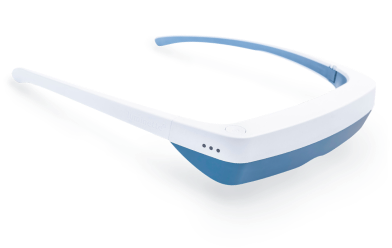
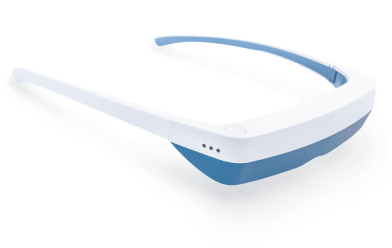
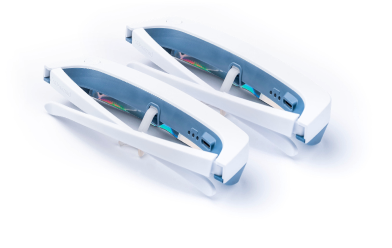
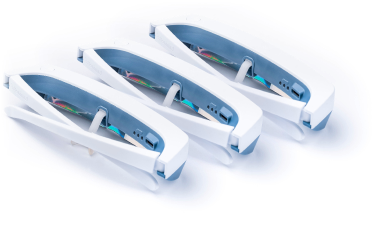
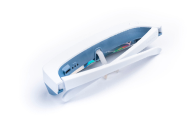
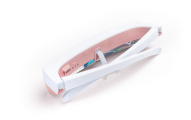
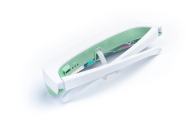
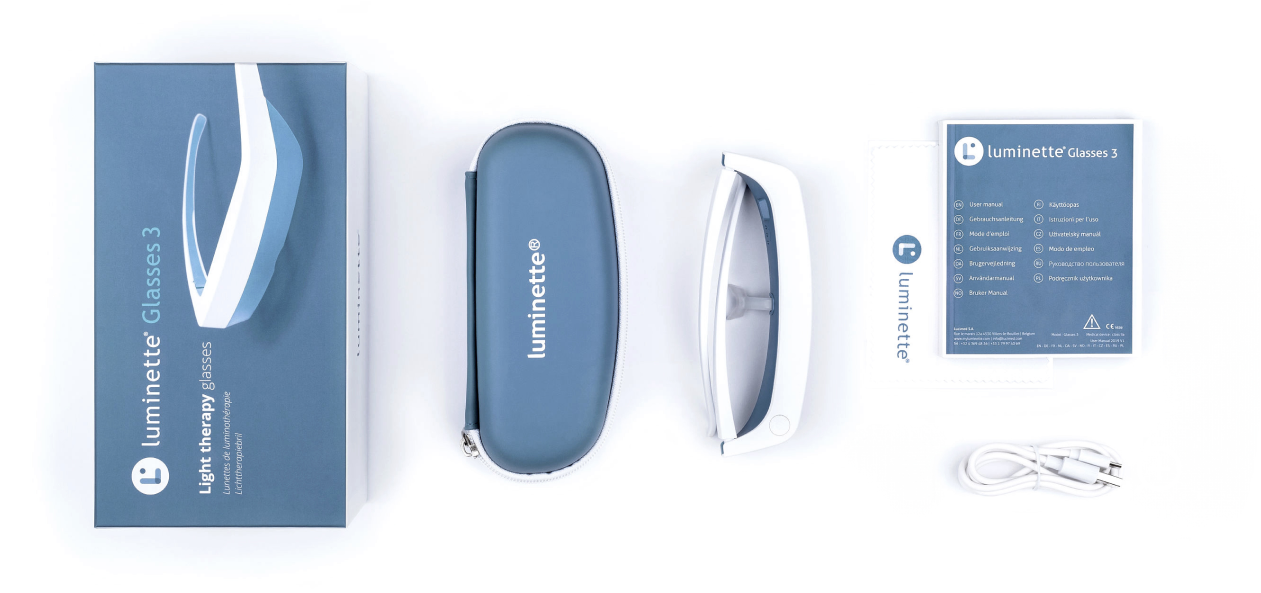
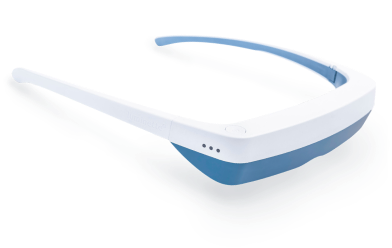


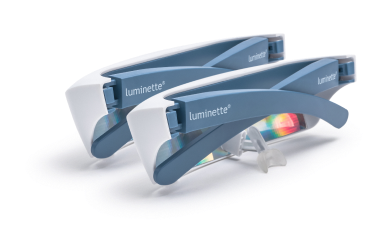
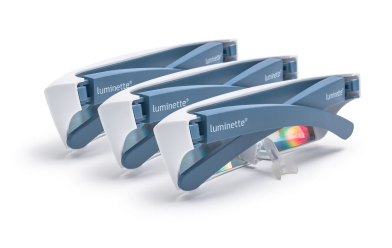
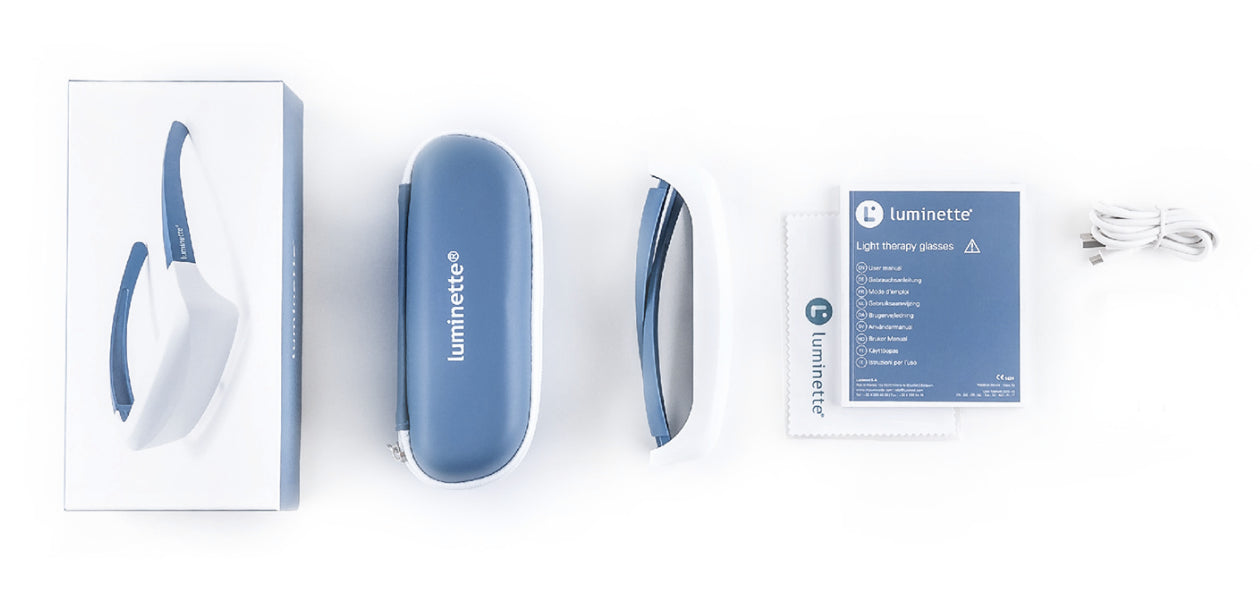
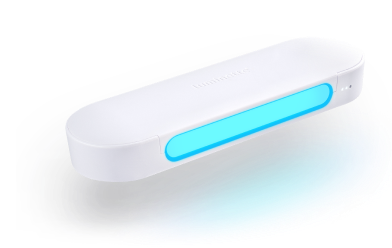
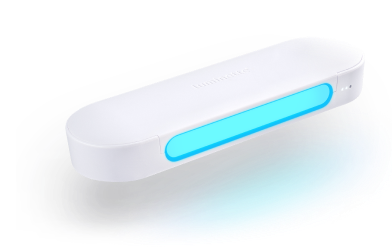
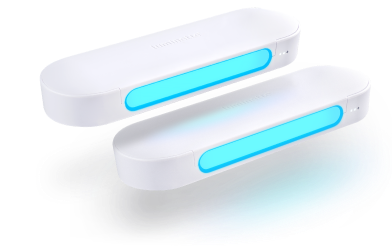
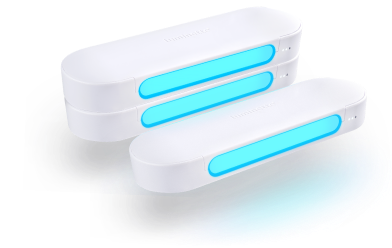
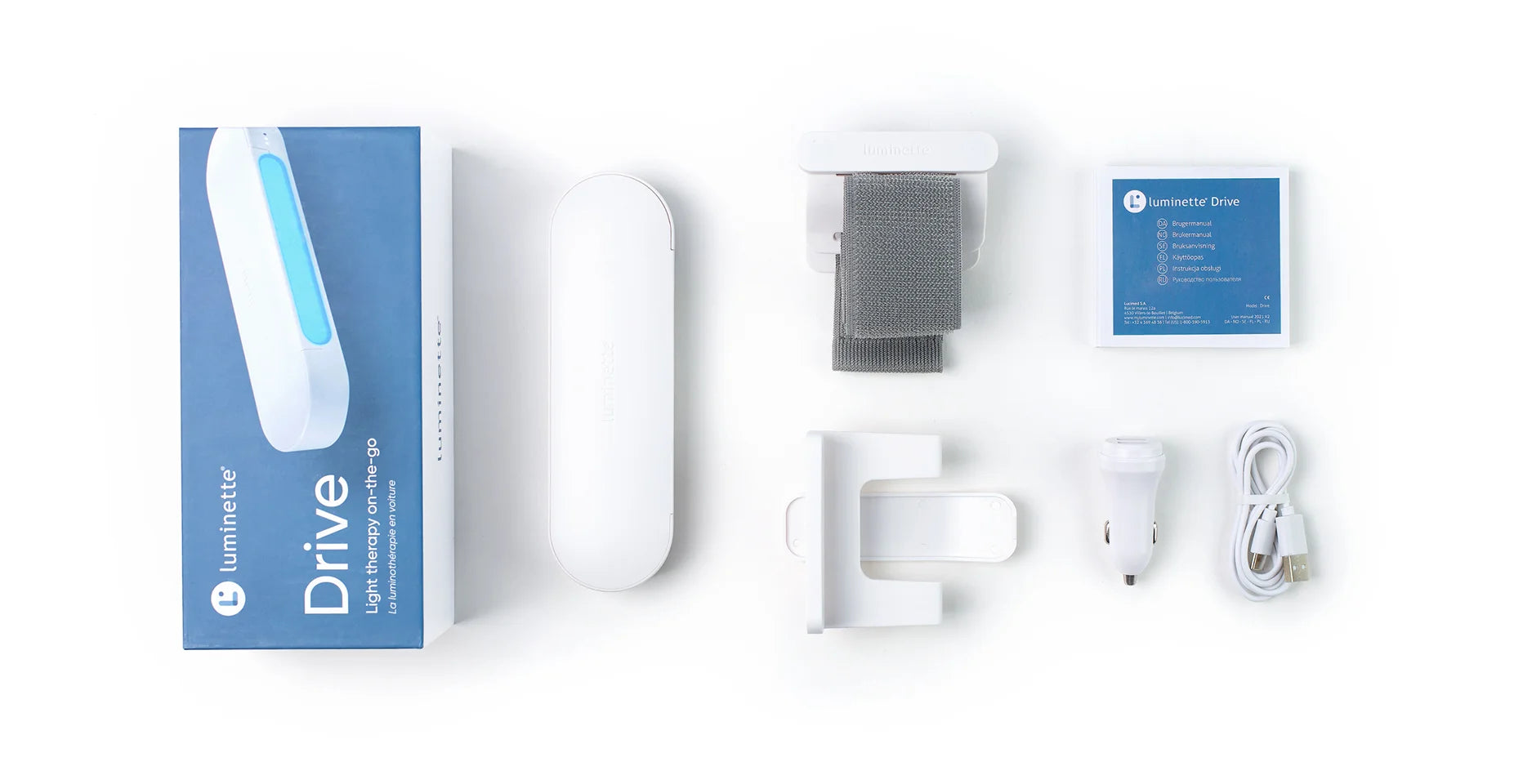

 Please note
Please note

